Indian exporters and the Afghan quagmire
As Afghanistan fell into the hands of the Taliban, Indian exporters are rattled as the new administration has blocked land trade routes & left them uncertain about receiving their payments. While this may be a temporary hurdle, India must explore options like trade through third-party countries and air routes, until peace returns to the region. Meanwhile, it has to carefully weigh its strategic approach to diplomatic relations with the new government in Afghanistan.
- As Taliban fighters took control of Afghanistan almost 20 years after they were driven out by US-led forces in 2001, the situation has opened a Pandora’s box for the region.
- Depending on their respective priorities, challenges and accepted positions, countries are exploring their strategic responses to the development. For instance, the US froze US$ 9.5 billion in the Afghan central bank’s assets.
- Meanwhile, this development has rattled India as the Taliban regime has blocked land trade routes. This has led to in-transit goods being stuck and exporters in the country are fretting over retrieving their pending payments.
- The government needs to flex its diplomatic muscle and explore strategies like re-establishing air corridors until peace returns to the region. Simultaneously, it should articulate policies to cushion affected Indian exporters.
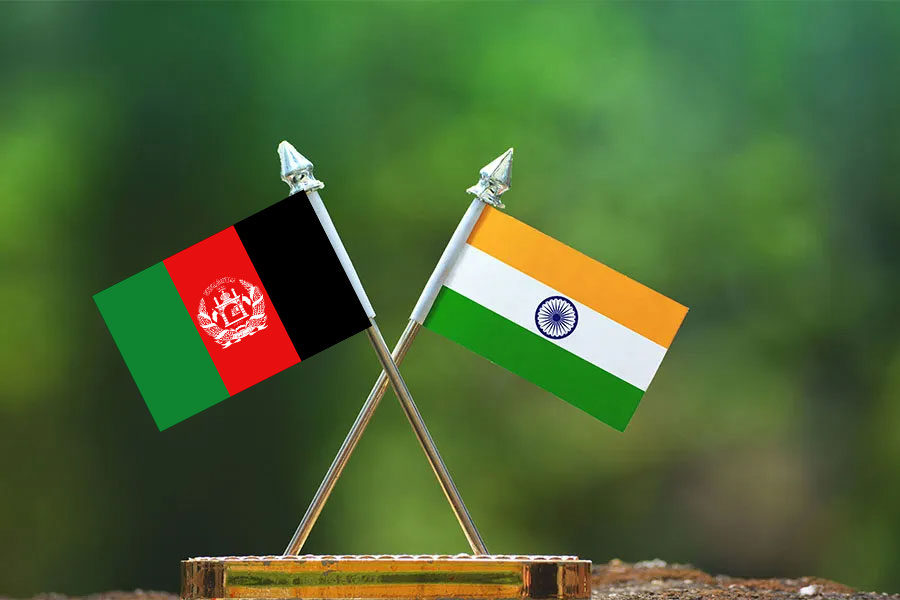
Source: Shutterstock
Even as the world was still struggling to come to terms with COVID-19, Kabul gave it a major jolt. As Taliban fighters got hold of Afghanistan almost 20 years after they were driven out by the US-led forces in 2001 and embattled President Ashraf Ghani fled the country, Pandora’s box presented itself to the world. Tremors of this development are beginning to be felt across the world. As millions are witnessing this dramatic mayhem unfold, countries like India are baffled over complex questions ranging from human rights and peace to trade and diplomatic action.
A sneak peek into the making of the Kabul challenge
Afghanistan, a land bridge between Central and South Asia, and the Middle East and the Far East, has long been a prize for empire builders owing to its strategic location. From being the battleground between imperial Britain and tsarist Russia in the 19th century to being left in rubble by mujahideen leader Gulbuddin Hekmatyar (known as the “butcher of Kabul”) to becoming a home to ultraconservative Afghan student-warriors (the Taliban) in the ’90s to witnessing US-led Operation Enduring Freedom (2001), this multi-ethnic region has been the epicentre of unrest.
Albeit, presidential governments were established in the ensuing years by Hamid Karzai & Ashraf Ghani respectively, the Taliban was never out of action in this duration. The US and the Taliban inked a peace agreement in Doha, Qatar, on February 29, 2020 claiming the US withdrawal of troops and the Taliban to stop attacks on Americans. As the US began to withdraw its troops, the Taliban went on a blitzkrieg to take over Kabul, compelling President Ghani to leave Afghanistan to save his own life.
Harbinger of discomfiting times
This abrupt change of regime in Afghanistan has the whole world worried. From rescuing millions of Afghanis and their own citizens to fears of human rights violation to grave concerns over the rise of terrorism to a spurt in illegal activities like the drug trade, countries are considering various tactical approaches.
Some countries, however, believe that economy and global backlash might be the keys to keep the Taliban in its place. The Biden administration, for example, has frozen US$ 9.5 billion in the Afghan central bank’s assets and ceased shipments of cash to the country, while European governments have suspended development aid. The International Monetary Fund, too, has cut off access to Afghanistan’s special drawing rights.
At the Doha peace talks by the US & its allies (China, Uzbekistan, Pakistan, the UK, Qatar, India, Norway, Tajikistan, Turkey, Turkmenistan, the UN and the European Union), the Taliban was urged to immediately ensure a ceasefire in Afghanistan. It also asserted that any government-imposed by military force in Kabul will not be recognized. However, Anish Goel, a senior fellow at New America and a former White House senior director for South Asia under former President Barack Obama, noted:
The Taliban were never negotiating in good faith and there is no reason for them to start now. They have all the power in Afghanistan and clearly don’t want to share it.
One of the reasons why the Taliban might not be too worried about these sanctions is its ability to sustain on its own resources to maintain an insurgency, mostly from the drug trade, illegal mining of copper and iron, donations from supporters abroad (especially Saudi Arabia), & also from taxes and rents in areas under their control. It is notable, for instance, Afghanistan is the world’s largest producer and exporter of opium.
The ripple effects for Indian exporters
Over the years, India has played a key role in restoring peace and development in Afghanistan. India is estimated to have invested around US$ 3 million in 400 projects across Afghanistan. Some of the notable ones are Zaranj-Delaram highway, Stor Palace, Salma Dam, power infrastructure and 100 community development projects.
India has also been a strategic trade partner for Afghanistan, with the balance of trade being in its favour. A decade ago, the two countries signed an agreement to bolster their trade. The pact allowed Afghanistan to get duty-free access to the Indian market. According to the ITC trade map, in 2020, India was the second-largest export destination for Afghanistan, constituting 41.2% of its global exports.
Afghanistan’s top 10 export destinations in 2020
| Trade partner | Value exported in 2020 (in US$ million) | Trade balance in 2020 (in US$ million) | Share in Afghanistan’s exports (%) |
| Pakistan | 517.71 | -353.15 | 41.7 |
| India | 511.43 | -343.813 | 41.2 |
| China | 54.51 | -446.347 | 4.4 |
| Saudi Arabia | 27.78 | 24.346 | 2.2 |
| Turkey | 27.29 | -180.536 | 2.2 |
| Jordan | 18.41 | 16.081 | 1.5 |
| USA | 17.32 | -653.559 | 1.4 |
| Germany | 16.85 | -62.845 | 1.4 |
| Italy | 6.88 | -25.78 | 0.6 |
| Canada | 3.97 | -6.383 | 0.3 |
Source: ITC Trade Map.
The top commodities that Afghanistan exports to India include edible fruits and nuts, lac, gums and resins, coffee, tea, spices, vegetables, oilseeds, wool, electrical machinery and pharmaceuticals. Meanwhile, India’s top 10 exports to this Eurasian country include sugar, filament, apparel, accessories, pharmaceuticals, tobacco, cereals, iron and electrical machinery. Afghanistan constitutes only 0.3% of India’s global exports according to the ITC trade map.
Afghanistan’s top 10 merchandise exports to India in 2020
| Product Label | Value in US$ million |
| Edible fruit and nuts; peel of citrus fruit or melons | 310.386 |
| Lac; gums, resins and other vegetable saps and extracts | 111.953 |
| Coffee, tea, maté and spices | 44.526 |
| Edible vegetables and certain roots and tubers | 26.5 |
| Oil seeds and oleaginous fruits; miscellaneous grains, seeds and fruit; industrial or medicinal … | 15.509 |
| Preparations of vegetables, fruit, nuts or other parts of plants | 1.127 |
| Wool, fine or coarse animal hair; horsehair yarn and woven fabric | 0.622 |
| Electrical machinery and equipment and parts thereof; sound recorders and reproducers, television… | 0.38 |
| Pharmaceutical products | 0.151 |
| Inorganic chemicals; organic or inorganic compounds of precious metals, of rare-earth metals… | 0.117 |
Source: ITC Trade Map.
India’s top 10 merchandise exports to Afghanistan in 2020
| Product label | Value in US$ million |
| Sugars and sugar confectionery | 174.149 |
| Man-made filaments; strip and the like of man-made textile materials | 115.057 |
| Articles of apparel and clothing accessories, not knitted or crocheted | 103.084 |
| Pharmaceutical products | 84.337 |
| Man-made staple fibres | 51.829 |
| Articles of apparel and clothing accessories, knitted or crocheted | 36.221 |
| Cereals | 30.96 |
| Tobacco and manufactured tobacco substitutes | 28.458 |
| Articles of iron or steel | 26.667 |
| Electrical machinery and equipment and parts thereof; sound recorders and reproducers, television … | 26.093 |
Source: ITC Trade Map.
The current Afghanistan quagmire has left Indian traders to the region jittery. The Taliban is reported to have claimed the country’s real economic prize: the trade routes — embracing highways, bridges and footpaths — that serve as strategic trade routes across South Asia. While the debacle is likely to lead to an increase in the prices of dry fruits ahead of the festive season in India, exporters are worried about credit payments.
Some are worried that India’s aid to Afghanistan was creating a market for domestic products and due to the current situation, there will be a significant dip in bilateral trade. Vinod Kumaar Kaul, Executive Director, All India Rice Exporters Association explains:
“Export of Basmati rice to Afghanistan had shown a significant jump in 2020-21 as it rose from 177 tonnes in 18-19 to 476 tonnes in 19-20 and further to 19,440 tonnes in 2020-21 (valued at US$ 63 million). During the first two months of 2021-22, the export had been 486 tonnes (US$ 0.24 mn). The present political turmoil in Afghanistan is going to impact the growth in export and remittance of payments due to that country against supplies already made.”
Another critical reason why the current Afghanistan quandary is unfavourable for Indian exporters is that is they trying to expand and diversify their presence in markets other than the EU & the US . This is where Afghanistan came in. Dr Arpita Mukherjee, ICRIER, observes:
“While India has a positive trade balance with Afghanistan our export basket has been limited. Export industries such as those in sugar and sugar confectionery exports and apparel exports are impacted. Specifically, if we look at our apparel export sector, exporters have lost market share in key export markets like the US and EU and were exploring markets like Afghanistan and they have been hard hit.”
How to deal with Afghanistan?
As pointed out earlier in the article, India has already made its stance clear: it will not recognize a government forced on Afghanistan. Thus, it is a staunch believer in having peace in the neighbourhood. JNU’s Dr. Amita Batra elucidates:
The biggest challenge that remains in the region is political instability in the country, as we don’t know till when is it going to last. This is going to cast a shadow on future trade with Afghanistan until the region stabilizes, as trade with the country now involves an element of risk.
India also is an important cog in the wheel in the Afghan puzzle as it chairs the Taliban Sanctions Committee of the UNSC. In the domain of trade, Arvind Goenka, Chairman, PLEXCONCIL, offers a few short-term solutions:
“We feel this situation is temporary and will settle down. If banking channels are not set up or if the UN embargo is imposed on Afghanistan, then exports will not be able to continue directly from India. But we still feel that essential goods will get routed through UAE & other 3rd countries. Government can re-establish Air Corridor at the earliest. It can enter into some arrangement with Iran, especially for the upcoming Chabhar port to carry Indian cargo for Afghanistan at lower rates. This will make Indian goods competitive. Otherwise, India may lose out to Chinese exporters.”
Resonating the sentiment of the temporary nature of this situation, a Mumbai-based trader noted that India was importing and exporting commodities from Afghanistan even during the previous Taliban rule from 1996 to 2001. The reason why Afghanistan is dependent on other countries for essential commodities is plain geography. Much of the arable area consists of fallow cultivated land or steppes and mountains. Dr. Batra, however, opines that trade will resume once the situation in Afghanistan normalizes.
There is a need for deeper consultation and engagement with the traders, exporters and investors. Dr. Mukherjee, adds
The government needs to come up with a policy to support exporters in such an uncertain situation resulting from political unrest. The forthcoming foreign trade policy should come up with measures for sudden disruption of export supply chains.
To sum up, the right combination of policies, internal political stability and international assistance can help Afghanistan get back on its feet and resume its walk on the road to development. On the other hand, Afghanistan is a key player under SAARC and India needs to look at the interest of its exporters and investors while it designs its strategy to handle the current situation and engage with the new government.







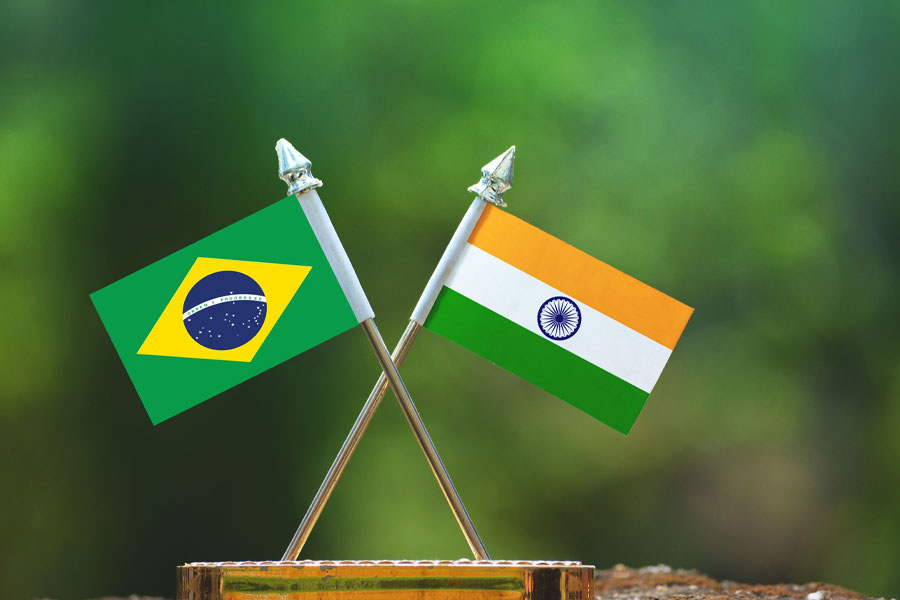
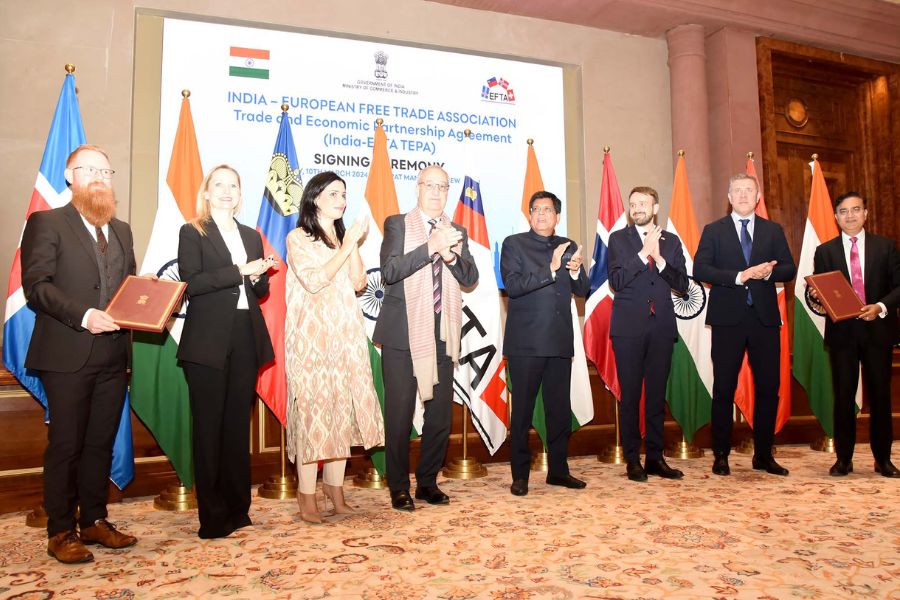
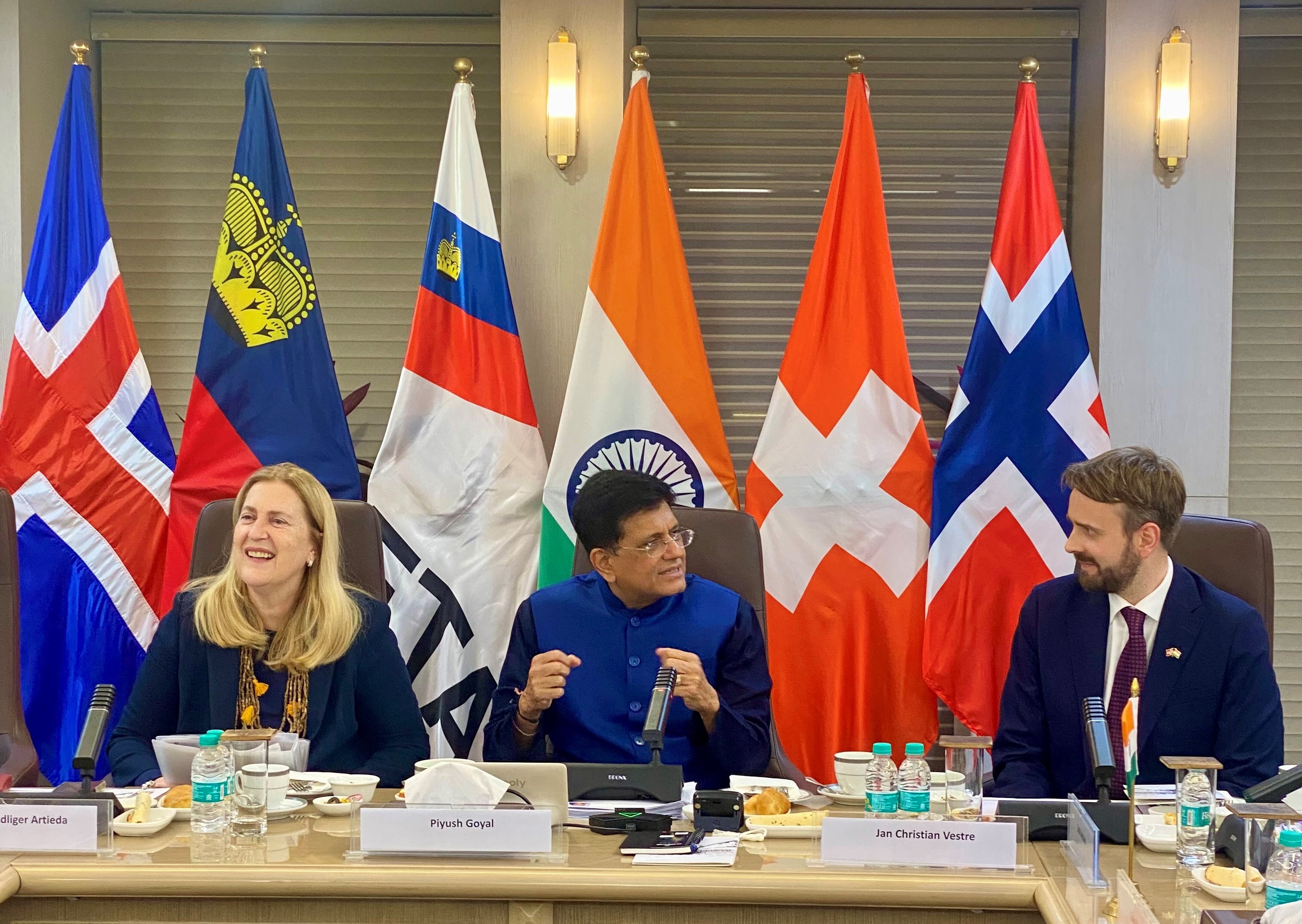
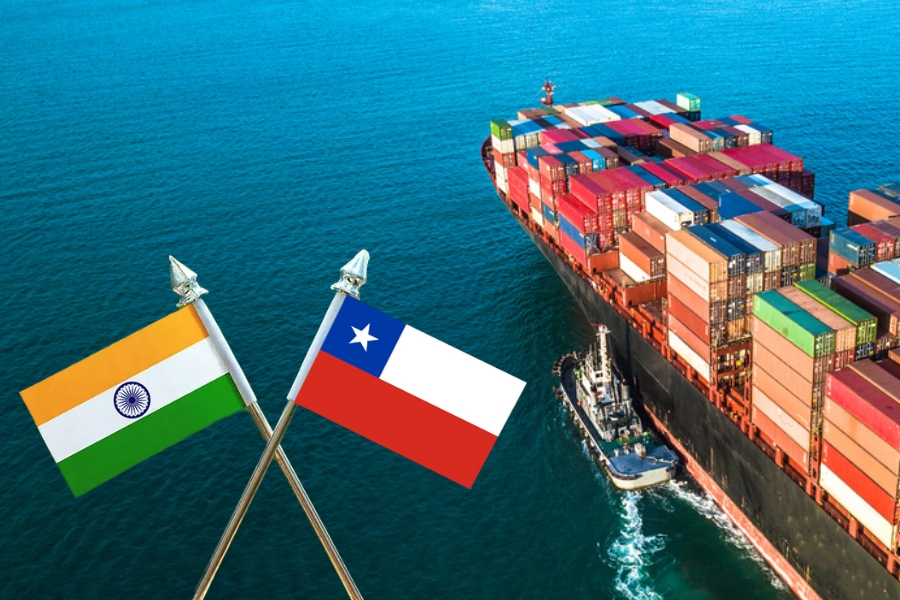
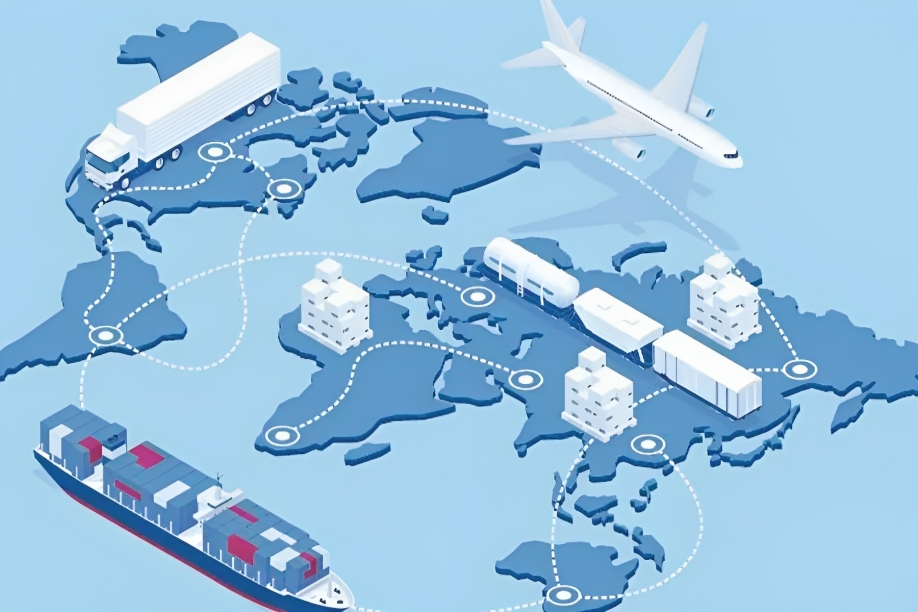

Leave a comment